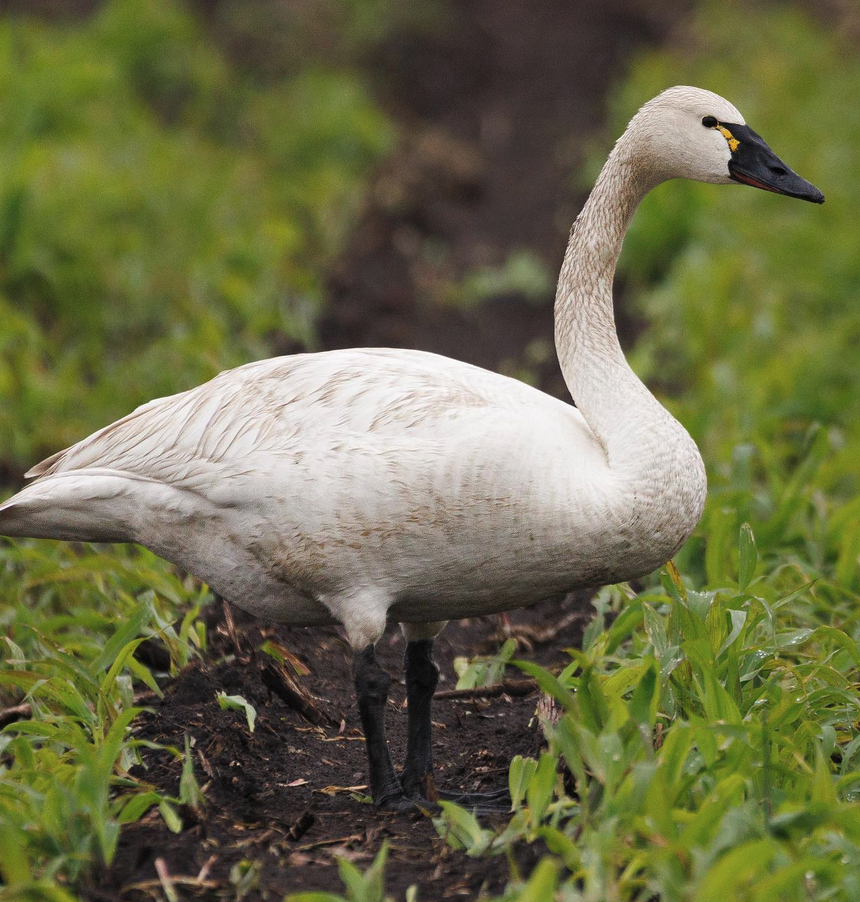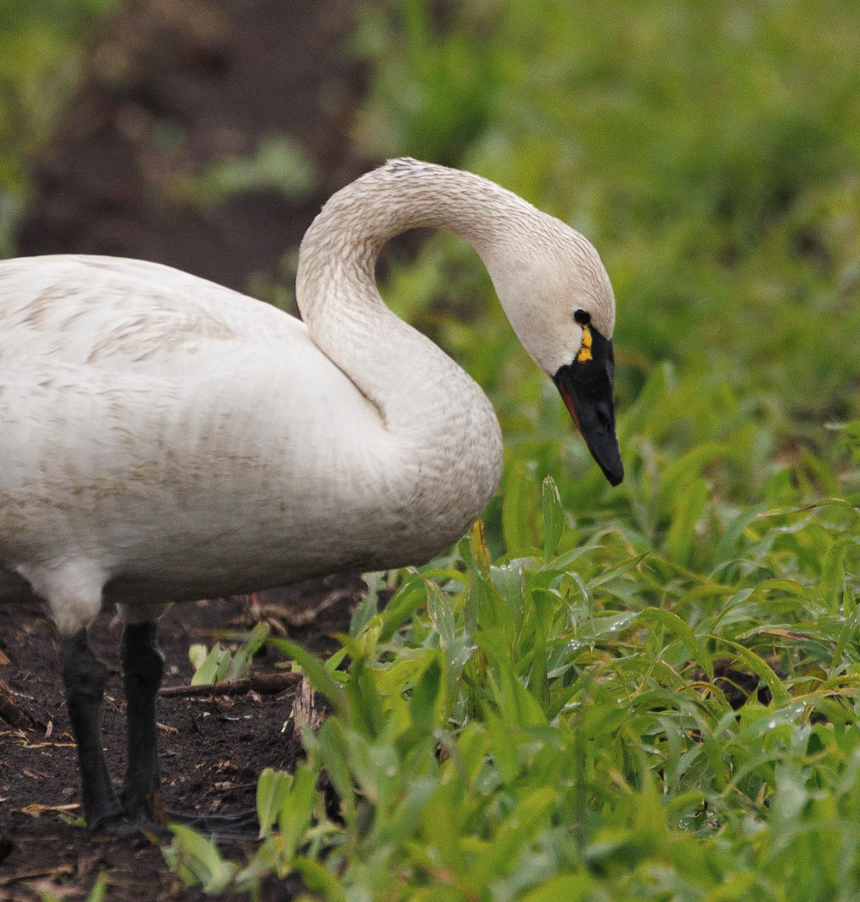By Sally Siko
One of my favorite winter residents of NC is the Tundra Swan. Each November, thousands of them arrive in to spend the cooler months in our eastern counties.
They quickly fill up the impoundments and farm fields, hooting, honking and whistling, their calls can be heard from a mile away.

Tundra Swans nest in northern Alaska and in Canada’s Northwest Territories, Nunavut, northeastern Manitoba, northern Ontario, and northwestern Quebec.
Interestingly, Tundra Swans break off into 2 distinct groups of eastern and western migrating populations when traveling between breeding and wintering grounds.
Swans that nest east of Point Hope in northern Alaska winter on the Atlantic coast, while birds breeding from Point Hope south & west winter along the Pacific.




It seems odd for the swans in the Coleville River region of Alaska to make such a long trip east which spans the United States when a flight due south/west to California is quite a bit closer.
Whatever the reason, I’m glad they are here!
These impressive birds will stick around eastern North Carolina for a couple more weeks before heading north so you’ve still got time to enjoy them if ya get out there soon.
Photos by @sally_siko of @bestlife_birding on my mighty mirrorless monster, the @canonusa #R5






